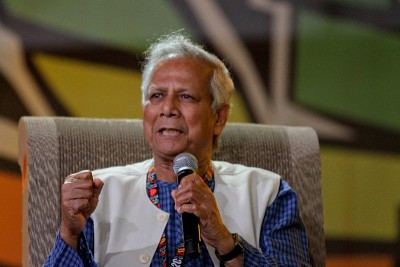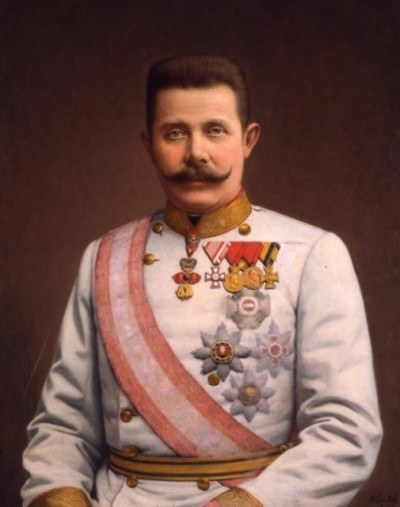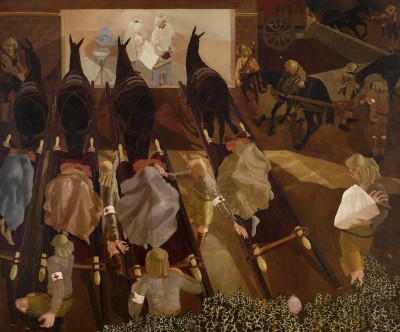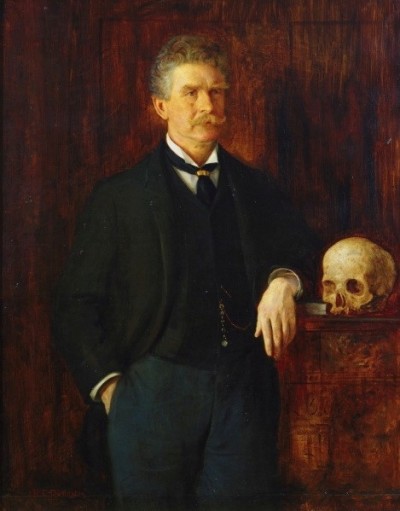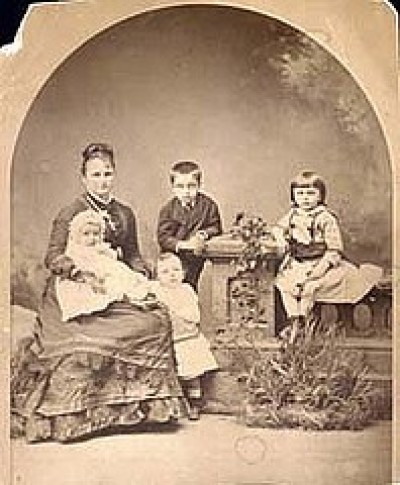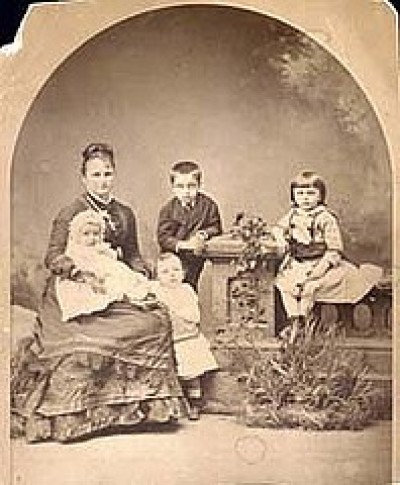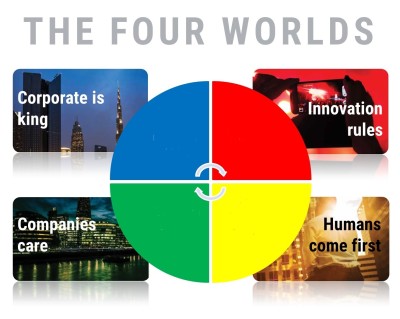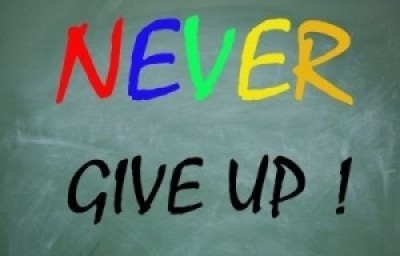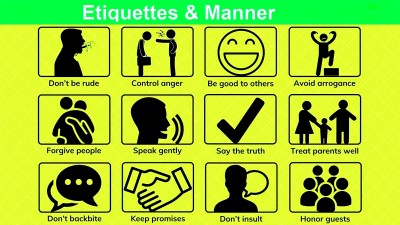Course description
Grameen
Grameen Bank is the only business to receive a Nobel Prize. That was in 2006 when the bank and its founder, Professor Muhammad Yunus, shared the award for Peace. The question is why a bank would get a prize for peace when most other winners have stopped wars. And why should that bank be Bangladeshi? After all, no other Bangladeshi has ever won a Nobel Prize in any area.
The story goes back to the terrible famine of 1974. Muhammad Yunus, a young economist, who had recently returned home after the War of Liberation from his lecturer’s job in the US, was working at the University of Chittagong. He lent $27 of his own money to some women – 42 of them – in a desperately poor village, called Jobra, close to the campus. But this was not charity; it was a loan. The women were going to buy bamboo with this money and had to pay him back. Their only other choice was to borrow from moneylenders but the interest rates were criminal. The women had to pay all their profits to these hard-hearted businessmen. Yunus also made money on his loan to the women – in fact, a total of 50 paisa or two US cents. The important point is that there was no charity, just a loan of money. As Yunus has said, “Charity is a prison.”
With this first tiny loan, the idea of microcredit was born. Its principles were that hard work gives people confidence and teaches them business skills that can help to make them successful. Two years after that first loan, in December 1976, Yunus managed to persuade Janata Bank to lend money to the poor in Jobra. He repeated this experiment with other banks and other villages. By 1982, Grameen had 28,000 members borrowing and paying back money. The following year, he got government permission to open ‘Village Bank’. Twenty-five years afterwards, Grameen Bank had lent $6.38 billion to 7 and a half million Bangladeshi ultra-poor villagers, nearly all of them women, with a return rate of more than 99.6%.
How did Muhammad Yunus manage that very high rate of repayment? The answer was easy. Traditional banks were not interested in very small loans and did not trust very poor people to repay them or to act as guarantors for other very poor people. Grameen was different. First, it lent nearly all its money to women and, next, it made communities responsible for repayment if an individual could not pay back. Soon, Grameen, like BRAC, started to diversify and to invest in tube wells, fisheries and, of course, a phone company.
Of course, every great idea has its critics and Grameen and its founder have theirs too. Although Yunus was a firm friend and supporter of Sheikh Mujibur Rahman and his early relations with Bangabondhu’s daughter were also warm, these soured when Yunus suggested he might make his own anti-corruption party, according to the New York Times, although he quickly decided against the idea. The Times of India has also reported that Sheikh Hasina might be jealous of Yunus’ Nobel Prize, as she felt she deserved one for ending the fighting in the Chittagong Hill Tracts in 1997… but did not get it. If these accusations are true, they might explain why Yunus has been forced out of his own bank, Grameen, because of his age.
However, there are also academics who have argued that Yunus’ role in Grameen Bank was harmful to its continued existence. The late Professor Dr. Jahangir Alam, of Chittagong University, in his unpublished PhD thesis suggested that the bank could not outlive its founder because it was a one-man show, with no sharing of power. Similarly, Jeffrey Tucker, an economist with a right-wing think tank in the US, has criticized Grameen Bank by saying that it only survives because of gifts from NGOs, governments and others. Therefore, it is actually a charity, not a real business. Another point that Tucker makes is that most loans are not for investment in new businesses. Most borrowers use the money to survive during hard financial times.
Nevertheless, Grameen Bank created a whole new area of economics: microcredit. A dream that came from one man’s heart and brain!
Images:
Muhammad Yunus: https://commons.wikimedia.org/wiki/File:2014_Woodstock_189_Muhammad_Yunus.jpg
2. Chittagong University: https://commons.wikimedia.org/wiki/File:Sky_over_Shahjalal_Hall_at_University_of_Chittagong_(02).jpg
3. Poverty: https://commons.wikimedia.org/wiki/File:Beggar_woman_and_children_in_India_in_the_1880s.JPG
4. Grameen Bank HQ: https://commons.wikimedia.org/wiki/File:Grameen.JPG
Mamun2a / CC BY-SA (https://creativecommons.org/licenses/by-sa/2.5)

